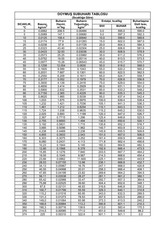

This adsorbent allowed high removal toward aniline in a wide range of pH. The Freundlich model exhibited better correlation of the equilibrium adsorption data. The pseudo-second-order kinetic equation could better describe the kinetic behavior of aniline adsorption.Īniline is frequently used as a raw material by the chemical industry, i.e. in the manufacture of dyes, rubbers, pharmaceutical preparation, plastic and paint. It is also a common byproduct of the paper and textile industries. It is known to be a toxic pollutant and its presence in wastewater, even in very low concentrations, has been shown to be harmful to aquatic life ( An et al. Traditionally, aniline-containing wastewater was treated using photodecomposition ( Chu et al. Among these methods, adsorption has been shown to be the most promising option for the removal of organic contaminants from wastewater in the case of low concentrations, due to the low cost and high efficiency ( Hu et al.Ģ006), adsorption ( Al-Johani & Salam 2011), oxidation ( Sapurina & Stejskal 2012) and biodegradation ( Wang et al. Activated carbon (AC) has been considered as a popular adsorbent due to its high adsorption capacity, high adsorption rate and good resistance to abrasion.


 0 kommentar(er)
0 kommentar(er)
